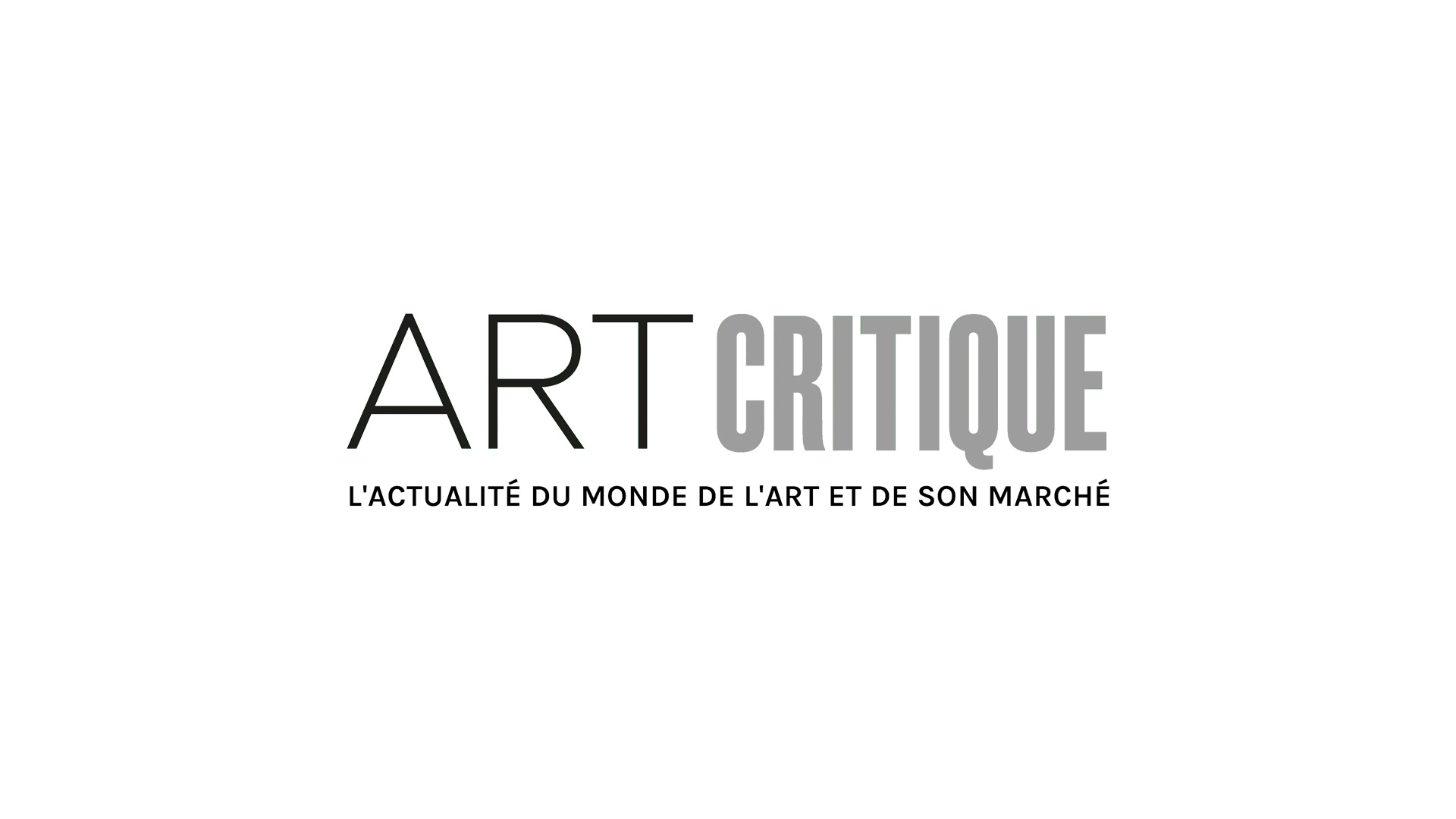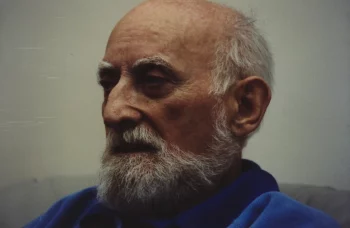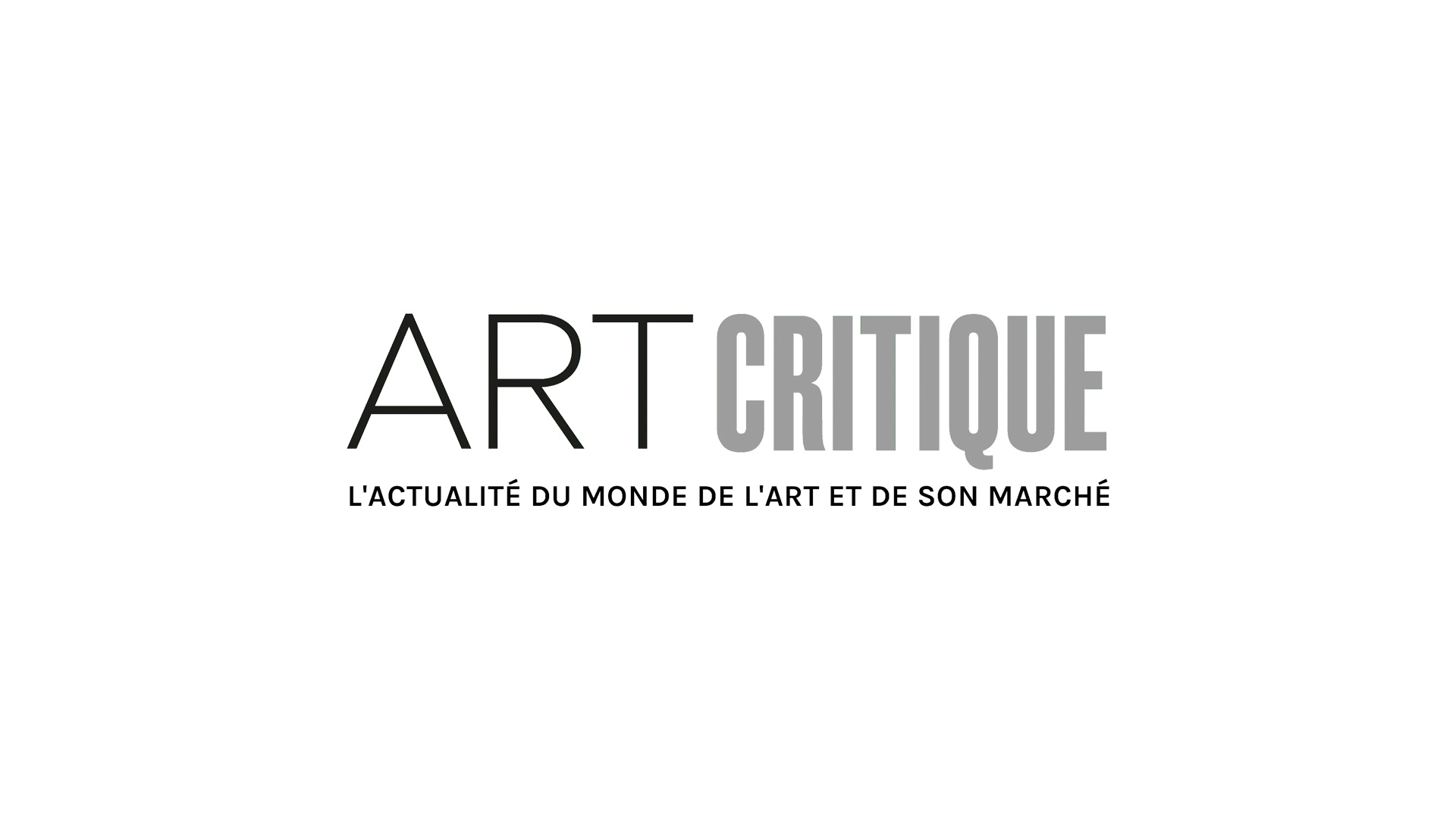Two decades after a small sculpture of the Virgin cradling Christ after his crucifixion was bought for next to nothing by a collector and now, it is believed the statuette was made by Michelangelo. For 10 years, art historians have worked tirelessly to determine if the terracotta work was in fact by the Old Master. The work is also thought to have been a maquette for Michelangelo’s famed Pietà (1498-1499), which can be found in the Vatican’s St Peter’s Basilica.

Before the statue was bought by the collector, it belonged to a northern Italian antiquarian who, believing it to be from a much later date, kept in it in a mouldy box. After purchasing it, the collector believed it could be a work by Michelangelo and contacted New York-based art historian Roy Doliner, a specialist in Italian cultural heritage. From there, Doliner began compiling information to vet the statue alongside a team of art historians.
By the time the statue came to Doliner, it was covered in nine layers of bright paint, as was typical for such statues. Over the course of a three-year restoration, all of the layers were stripped away to reveal the original the terracotta surface. Testing of the materials in the sculpture dated to between 1473 and 1496 overlapping with Michelangelo’s life, who was born in 1495 and died in 1564. Moreover, tests revealed an unusual mixture of clay and dolomite, a mineral prolific in Tuscany’s Apuan Alps. This area just so happens to have been where Michelangelo received the white marble he used for a number of his finished artworks. The material composition was one of the main points that convinced researchers the work was by the Renaissance master.

Another point of consistency was the size of the work. Michelangelo often created maquettes that measure to be a braccio florentino or a ‘Florentine arm,’ which roughly translates to 58 centimetres. The small terracotta sculpture measures in at 58.3 centimetres. Despite the small size of the statuette, it is rather detailed, many of which correspond with Michelangelo’s techniques. In both the terracotta and Pietà, Jesus’ features are strikingly similar, fabrics gather in a distinctly Michelangelo manner, and cherubs in the former resemble those in other works by the artist. The visuals and size of the statuette added more certainty for researchers.
The statue’s provenance was a final component that encouraged Doliner and his team to attribute the sculpture to Michelangelo. Researchers found numerous mentions of the statuette made by the artist for the Pietà. In inventories from both 1591 and 1600, Michelangelo was listed as the creator of the maquette. In a 1585 letter from Antonio Basoia, who collaborated with Michelangelo, mentioned the small sculpture. Then, again, in 1610, a document referred to a ‘terracotta model made by Michelangelo,’ believed to be the statuette in question.
All signs pointed to Michelangelo. ‘It turned out to be the most documented terracotta statue of the Renaissance,’ Doliner told The Telegraph. ‘We have a mountain of documents now. They were the last piece of the puzzle. The mystery is resolved.’
After their research, Patrizia Nitti, an independent curator and art historian, reviewed the work and was admittedly skeptical of the sculpture. ‘In all honesty, I had many doubts to begin with. It’s very often that people come to us claiming they have found a work by Michelangelo,’ she said. However, she, too, now feels that the attribution is well-founded.
The sculpture, which is still privately owned, recently went on view in Paris for the first time ever and has already been viewed by 200,000.





